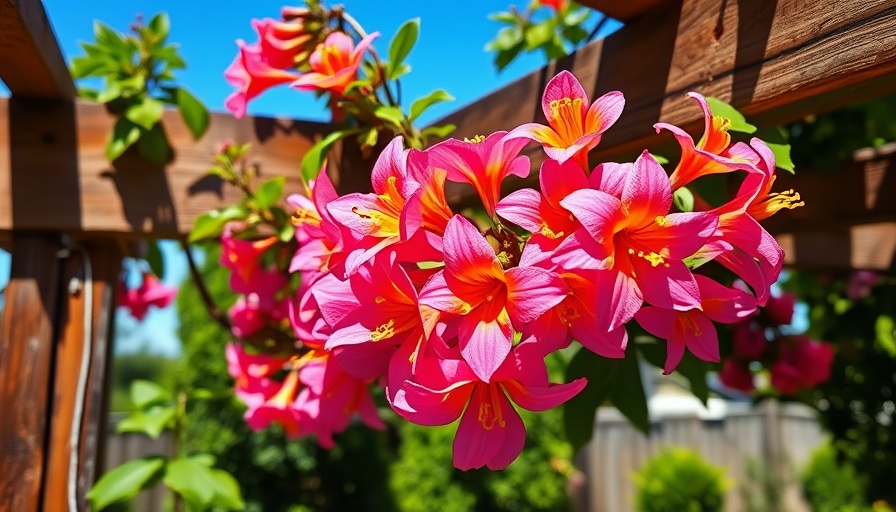
Transforming Ordinary Into Extraordinary with Flowering Vines
Are you weary of blank, uninspiring fences dominating your outdoor space? If so, flower power could be the answer! Flowering vines not only conceal undesirable views but also transform your backyard into a breathtaking retreat, bursting with color, texture, and life.
Add a Splash of Color: The Bougainvillea Delight
Among the top contenders for vibrant coverage is the Bougainvillea. These vigorous climbers showcase breathtaking paper-like bracts in an array of colors from vivid magenta to warm golden yellows. Best of all, when strategically placed, bougainvillea can completely envelope a plain fence, turning it into a vibrant tapestry of nature's art.
The Allure of Clematis: The Queen of Climbers
Next in line is Clematis, whose stunning flowers introduce an elegant vertical interest to your space. Known for its diverse ranges, this flower can elevate a plain fence into an exquisite garden feature. The fragrant blooms attract beneficial insects and are available in various hues to match any garden theme.
Fragrant Screens with Jasmine Vines
Among flowering vines, Jasmine stands out not just for its fragrant blooms but for the ambiance it creates. Quick to grow, jasmine offers an energetic privacy screen that invites sensory indulgence with its sweet smell. Place it near hangout spots to enhance your outdoor experience.
A Guide to Selecting the Perfect Vines
When choosing flowering vines, consider factors like climate, soil conditions, and light availability. Bougainvilleas, for instance, thrive in well-draining soil and full sun, making them ideal for bright areas. On the other hand, clematis prefers some shade, showing that strategic planning is key in your selection process for these climbers.
Creating a Lush Vertical Garden: Step-by-Step
To effectively grow flowering vines along your fence, start with the following steps:
- Choose Your Vines: Select a mix of flowering vines that respond well to your climate.
- Prepare the Soil: Ensure that the area has rich, well-draining soil. Amend as needed for nutrients.
- Implement a Support System: Install trellises or wires for the vines to cling to as they grow.
- Regular Maintenance: Prune as necessary, water appropriately, and watch your living wall flourish!
Realizing the Benefits: Ecological Impact
Not only do these vines beautify your yard, but they also play an essential role in attracting pollinators. Bees and butterflies are vital for maintaining ecological balance, and a flowering vine wall can serve as a welcoming habitat for these crucial species. Now imagine enjoying a vibrant garden that not only looks good but nurtures life!
Embrace the Future of Outdoor Living
With urban spaces becoming increasingly confined, creating an oasis in your backyard has never been more important. Flowering vines provide a functional as well as aesthetic upgrade by introducing natural beauty while maintaining privacy. A tall flowering vine garden may well become a signature element of your home's outdoor living space, promoting relaxation and an escape from daily life.
Conclusion: Take Action for Your Backyard!
Refreshing your backyard can be an exciting venture, capable of bringing your vision to life. By diving into the world of flowering vines, you can create a breathtaking backdrop that offers both beauty and functionality. So why wait? Start planning your vibrant vertical garden today, transforming your fence into a stunning living piece of art that draws admiration from all who pass by!
 Add Row
Add Row  Add
Add 




Write A Comment